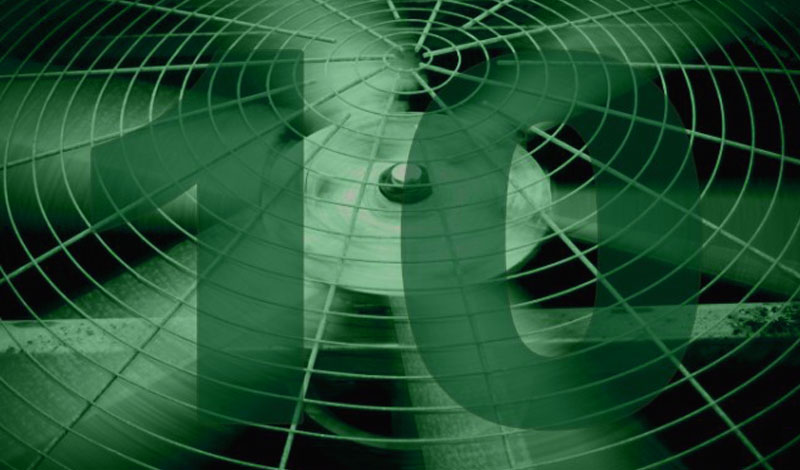Heating, ventilation and air conditioning — that’s a lot to fit into one system. No wonder HVAC is the biggest energy user in most commercial buildings. Fortunately, these innovative technologies are a breath of fresh air, saving energy and improving system performance while keeping your indoor environment clean, comfortable and productive.
- Electronically commutated motors (ECMs) adjust air-handling fan speed to the required HVAC load, saving energy and reducing peak demand.
- Demand control ventilation (DCV) combines carbon dioxide sensors with economizers to maintain air levels within an appropriate range while avoiding over-ventilation, which wastes energy. DCV works best in facilities with high occupancy, such as schools, auditoriums and churches.
- Dedicated outdoor air systems (DOAS) improve humidity control by conditioning makeup air separately from indoor return air. Removing moisture from the outside air reduces the load on the cooling system and allows for energy-efficient cooling with equipment like chilled beams.
- Displacement ventilation uses a low-velocity stream of fresh, moderately cold air at floor level to displace warm, stale air near the ceiling. No air is recirculated, improving indoor air quality. The higher supply air temperature and reduced fan power saves energy.
- Electronic expansion valves (EXV) replace thermostatic expansion valves (TXV). EXVs efficiently handle loads as low as 5% (compared to 50% for TXVs) and enable system diagnostics while significantly reducing energy use.
- Energy recovery ventilation (ERV) captures energy from exhausted air and uses it to precondition the temperature and moisture of incoming makeup air. ERVs save energy by reducing heating and cooling system loads while maintaining comfortable indoor air levels.
- Desiccant dehumidification absorbs moisture with a solid or liquid desiccant and then evaporates it using heat. The system saves energy by removing humidity and pre-cooling makeup air, reducing air conditioning load.
- Micro-channel heat exchangers, once limited to refrigeration applications, are now increasingly used in HVAC systems. They offer improved heat transfer and thermal performance in the same amount of space.
- Chilled beam cooling uses natural convection and heat transfer with water-cooled panels. Most systems require a dedicated outdoor air unit and a tight building envelope to manage humidity. Chilled beam systems produce cool air directly in a building space, reducing fan energy use. They’re best for spaces with low-density occupancy, such as hospital rooms and offices.
- Variable refrigerant flow (VRF) systems are highly flexible in capacity and design. These ductless systems transport refrigerant instead of air or water, provide zoned temperature control and save energy while ensuring occupant comfort.
Although these technologies can provide significant cost savings, they’re not right for every situation. Consult with a trusted contractor about which is best fit for your application. Protect your investment by establishing a sound preventive maintenance program, which should include regular cleaning and inspection of your HVAC equipment by a qualified professional.
